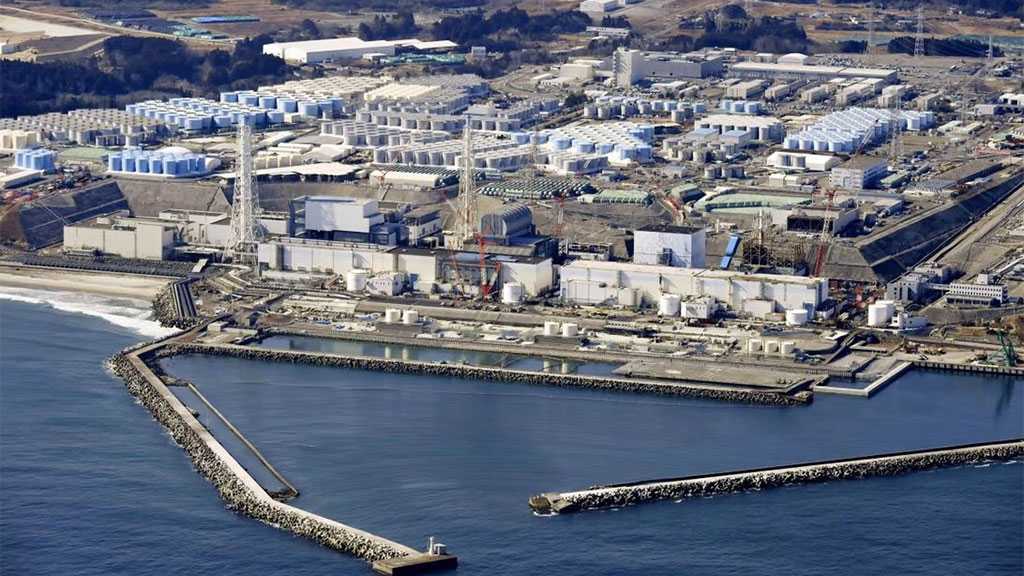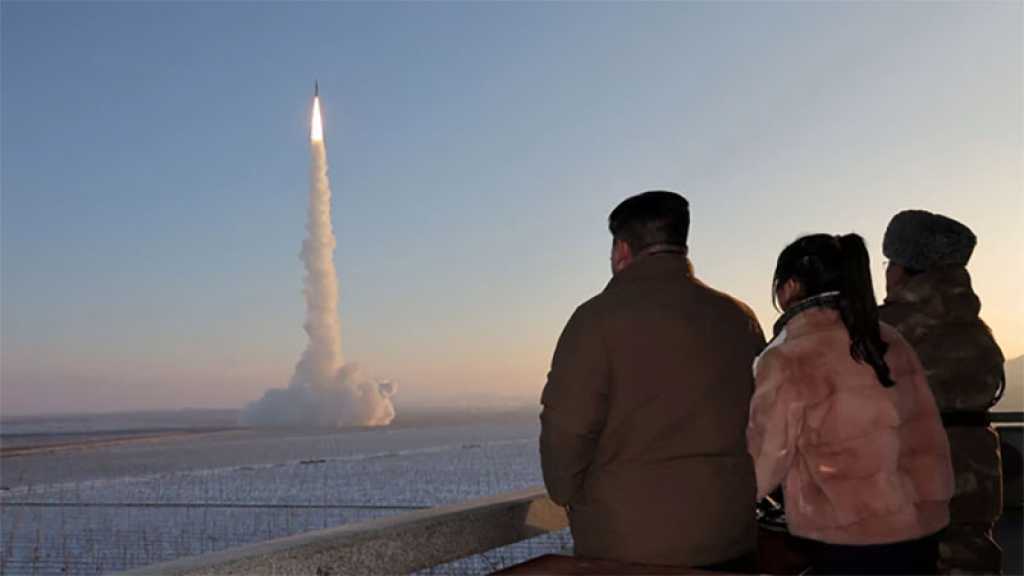
Japan Eyes Return to Nuclear Power 11 Years After Fukushima Disaster

By Staff, Agencies
Japan is considering building next-generation nuclear reactors and restarting idled plants in a major policy shift, more than a decade after the triple meltdown at the Fukushima Daiichi nuclear power plant rocked the country’s dependence on atomic energy.
The prime minister, Fumio Kishida, said he had directed a government panel to look into how “next-generation nuclear reactors equipped with new safety mechanisms” could be used to help Japan achieve its goal of carbon neutrality by 2050. His “green transformation” council is expected to report back by the end of the year, he said on Wednesday.
The change of direction, which could include extending the lifespan of existing reactors, have highlighted Japan’s struggle to secure a stable energy supply as a result of the war in Ukraine and soaring energy costs.
Successive governments have been forced to lower Japan’s dependence on nuclear since the March 2011 disaster, when a powerful tsunami destroyed Fukushima Daiichi’s backup electricity supply, causing three of its six reactors to suffer meltdowns.
Most of Japan’s nuclear plants have remained idle ever since, while the government said it would not build new reactors or replace ageing reactors, fearing a public backlash.
If realized, Kishida’s plans would mark a dramatic reversal of that stance.
Seven reactors are currently in operation, with three others offline for regular safety inspections. Dozens of others are still going through a relicensing process under stricter safety standards introduced after the 2011 disaster, which some experts blamed on the “nuclear village” of operators, politicians and regulators.
A bigger nuclear role in Japan’s energy mix could see seven additional reactors being restarted after next summer, including two at Kashiwazaki-Kariwa, the biggest nuclear plant in the world. Restarting the plant would be particularly controversial, since it is run by Tokyo Electric Power, the same company that operates Fukushima Daiichi.
The 2011 disaster sent huge quantities of radiation into the atmosphere and forced tens of thousands of people to flee their homes. Some areas near the plant remain off-limits, while others have only recently reopened to residents.
- Related News



